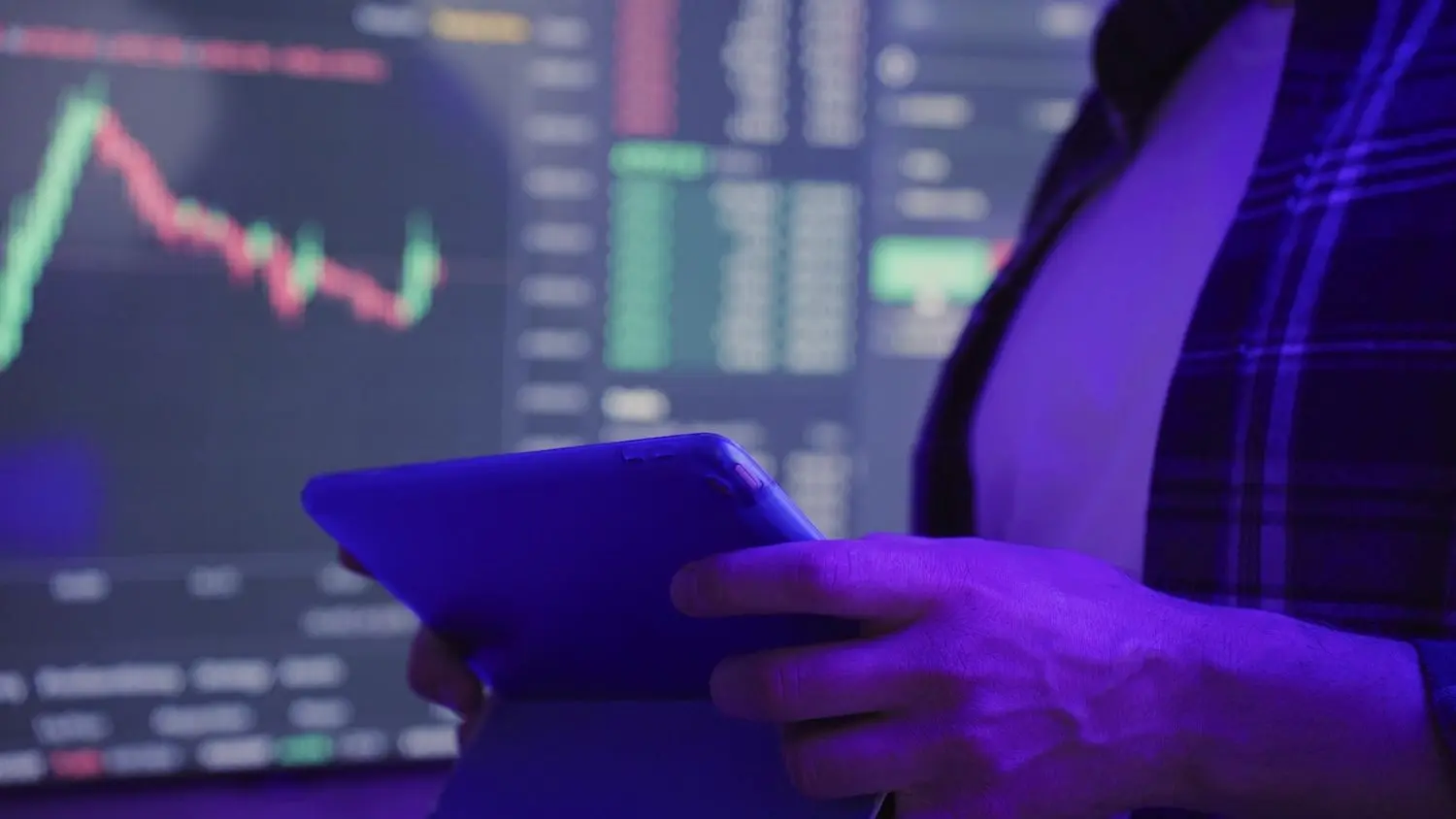Evernorth plans to acquire XRP well beyond its initial $1 billion target, according to CEO Asheesh Birla, who described the figure as a starting point rather than a cap during a recent podcast interview. The company will reinvest yields from active treasury management into additional token purchases ahead of a planned Nasdaq listing under the ticker XRPN in the first quarter of 2026.
What to Know:
- Evernorth's $1 billion XRP treasury represents a baseline for an open-ended accumulation strategy that will recycle yields into additional purchases rather than pay dividends to shareholders.
- The company plans to trade on Nasdaq under ticker XRPN starting in the first quarter of 2026, with subsequent expansion into Japanese and Korean markets through backer SBI's regional connections.
- Birla emphasized active management through on-ledger yield strategies on the XRP Ledger and DeFi protocols, distinguishing Evernorth's approach from passive exchange-traded fund products.
Treasury Strategy and Public Market Plans
Birla outlined Evernorth's model as a pure-play digital asset treasury during an interview on the Thinking Crypto podcast. The company operates with a single performance metric: XRP per share. "We don't have any plans to stop," Birla said. "The idea is not to stop at a billion in treasury."
The acquisition program will use multiple trading venues to accumulate tokens.
Birla noted that improved market depth and hundreds of global exchanges make large-scale purchases more practical than during cryptocurrency's early years.
XRP ranks among the most liquid digital assets by trading volume across major platforms.
Cash flows generated from treasury operations will not be distributed as dividends. "We'll use that yield to buy more XRP for the treasury," Birla said. The company will deploy tokens across traditional finance and decentralized finance strategies to generate returns, which will then be reinvested into the core asset.
The Nasdaq listing timeline has been set for the first quarter of 2026. "You saw the ticker symbol XRPN go live," Birla said. "We expect that to happen sometime in quarter 1 of 2026." Investors with access to standard brokerage platforms will be able to purchase shares at launch. International expansion will target Japan and Korea, where backer SBI Holdings maintains established market presence.
On-Ledger Yield and DeFi Integration
Evernorth plans to generate returns through on-ledger strategies on the XRP Ledger. Birla described ongoing discussions with protocols including Flare following the completion of the initial transaction. The company aims to bridge institutional capital into native DeFi applications, which Birla argued have matured enough to compete with traditional finance but lack institutional infrastructure.
Ripple's RLUSD stablecoin will serve as an on-ramp and off-ramp for DeFi participation.
"I have a feeling that Ripple RLUSD is going to play a big part in that," Birla said.
The stablecoin, which Birla described as growing rapidly, will facilitate movement between traditional markets and on-chain protocols while Evernorth maintains balance sheet optimization around XRP.
The company's backer list includes Ripple, Arrington Capital, and SBI Holdings. Birla cited SBI's involvement as a potential catalyst for Asian market access.
Birla positioned the timing as favorable due to regulatory developments. He cited the passage of the Genius Act, which focuses on stablecoins, and the potential for broader market-structure legislation such as the Clarity Act. "Good regulation, good legislation helps spur innovation and growth," Birla said, drawing parallels to internet regulation in the 1990s.
Understanding XRP and DeFi Terms
XRP is a digital asset native to the XRP Ledger, a decentralized blockchain designed for payment settlement.
The token serves as a bridge currency in cross-border transactions and has maintained position as one of the largest cryptocurrencies by market capitalization. DeFi, or decentralized finance, refers to financial applications built on blockchain networks that operate without traditional intermediaries such as banks or brokerages.
On-ledger yield strategies generate returns by deploying assets directly on blockchain protocols through mechanisms such as liquidity provision, staking, or lending. These activities occur on-chain rather than through centralized platforms. A stablecoin is a cryptocurrency designed to maintain a stable value by pegging to an external reference such as the U.S. dollar, with RLUSD representing Ripple's entry into this category.
Birla distinguished Evernorth's active management approach from passive products such as exchange-traded funds.
"One big difference between an ETF and a digital asset treasury like Evernorth is that it's an active treasury," he said. "We are going to be looking at yield strategies to maximize XRP per share." He noted that both product types can coexist in the market.
On risk management during market downturns, Birla emphasized operational preparation rather than timing. "Some of the best opportunities are available in downturns," he said. "We're busy thinking about how to build the right kind of risk tools."
Closing Thoughts
Evernorth's strategy centers on continuous accumulation and active deployment of XRP with proceeds reinvested into additional token purchases. The company aims to provide institutional and retail investors with XRP exposure through a publicly traded equity wrapper. At press time, XRP traded at $2.40.

